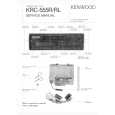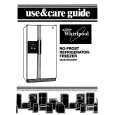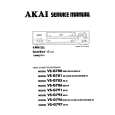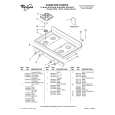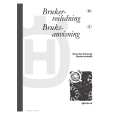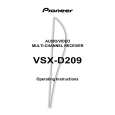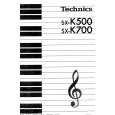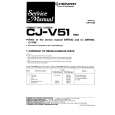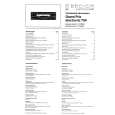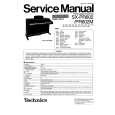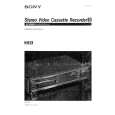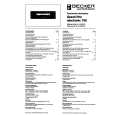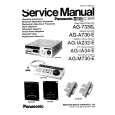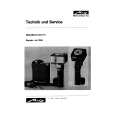|
|
|
Kategorie
|
|
Informacje
|
|
Polecamy
|
|
|
 |
|
|
Dla tego produktu nie napisano jeszcze recenzji!
 ;
Dokładna dokumentacja, pomogła w szybkiej naprawie telewizora. Dziękuję!
 ;
jedyne do czego mogę mieć zastrzeżenie to jakość zdjęć zawartych w przesłanej instrukcji serwisowej ponieważ są fatalnej jakości, praktycznie nieczytelne. tak poza tym jestem zadowolony to jest to czego szukałem.
 ;
Wszystko w porządku.
Instrukcja czytelna i kompletna.
Dziękuję.
all right!
thank you.
 ;
Bardzo dobra instrukcja. Zawiera wszystko co potrzeba, polecam!
 ;
Instrukcja jest OK. Schematy czytelne, opisane niektóre procedury.
Note:
Connect a probe (10: 1) of the oscilloscope test point for adjustment. Connect ground ( ) terminal of oscilloscope probe to TP3 (VREF) for all adjustment.
2. Tracking Balance Check
Oscilloscope (DC range)
1. Focus Bias Adjustment Make the focus bias adjustment when replacing and repairing the optical block.
Oscilloscope (DC range)
TP1 (TE) TP3 (VREF)
+ �
TP2 (RF) TP3 (VREF)
+ �
1) Connect an oscilloscope to test points TP1 (TE) and TP3 (VREF). 2) Start up the CD test mode. 3) Insert the test disc TCD-782 (YEDS-18) and enter the traverse mode of the CD test mode. 4) Confirm that the traverse waveform on an oscilloscope is vertically symmetrical as shown in the figure below. 5) After confirming the waveform, release the CD test mode.
1) Connect an oscilloscope to test points TP2 (RF) and TP3 (VREF). 2) Turn on the power switch. 3) Insert test disc TCD-782 (YEDS-18) and play back the second program. 4) Adjust SFR101 so that RF signal of the test point TP2 (RF) is MAX and CLEARREST.
A VREF B A=B
MAX 1.4 ± 0.1 Vp-p 0V EYE PATTERN must be CLEAR and MAX
VOLT/DIV: 20mV TIME/DIV: 1mS
VOLT/DIV: 0.5V TIME/DIV: 0.5µS Note: The current of the laser signal can be checked with the voltages on both sides of R46 (voltage across 10�). The difference for the specified value shown on the label must be within ± 6.0mA.
KSS-213B 15165 SG442
44.2mA
Laser current Iop =
Voltage across R46 10�
20
|
|
 |
> |
|

